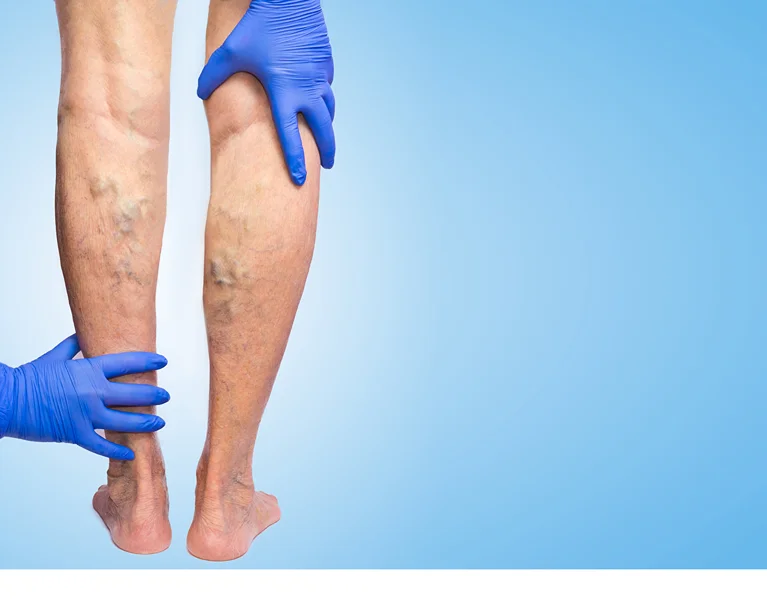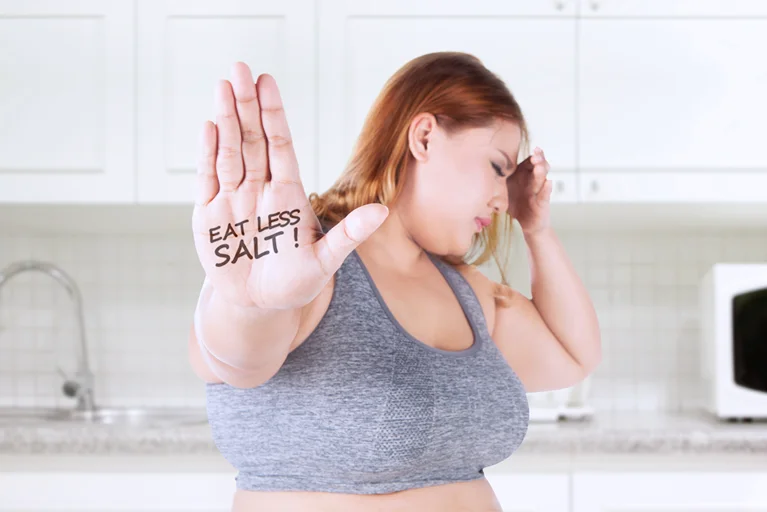Chronic venous insufficiency is a venous disease that is caused by a number of factors including but not limited to varicose veins. It’s merely a direct consequence of insufficient blood flow from your legs to your heart. While the symptoms can be identified by professional vein doctors, it’s important to keep in mind that this is a chronic venous disease that has the potential to turn your life upside down.
So what are the effects of chronic venous insufficiency on your daily life? Apart from medication, post-operative care, and stringent management practices, it will also affect the quality of your life. Most people are severely under-informed about the consequences of living with chronic venous insufficiency and the toll it can take on your life. At the very least, you will have to incorporate several lifestyle and routine changes to keep it under check.
Living with unwanted veins is a thing of the past, when you can simply schedule a free consultation with Vein Center Doctor and find your ideal solution today.
Recovery from chronic venous insufficiency can be a long, grueling road that requires patience. It can have an adverse effect on both your physical health and your mental health.
Not to mention that it could easily be misdiagnosed by healthcare providers if they’re not aware of the symptoms of chronic venous disease. This will only prolong the suffering of the patient, and as such, it’s important that you are aware of the impact this venous disease can have on your overall well-being.
Patients who have been dealing with chronic vein insufficiency are likely to experience the following:
All of these can cause your physical health and functioning to deteriorate at a rapid rate. It’s a long-time struggle with a vicious cycle of unbearable pain, cramps, and intensive swelling. As mentioned earlier, most of these are directly caused by an inadequate flow of blood in key veins that flow from your legs to your heart. The malfunctioning of valves that are critical in regulating blood flow in the lower limbs leads to chronic venous insufficiency.
An undiagnosed and untreated venous disease would cause the unoxygenated blood to flow in the reverse direction. This can cause blood to trickle back and accumulate around the varicose veins. Pooling of blood around the varicose vein leads to developing a condition called skin ulcers, which can cause the skin around the affected veins to become infected, itchy, and irritated. This state will only worsen and become permanent if left too late for treatment.
Ultimately, these venous ulcers caused by venous insufficiency can cause the veins to tighten up and restrict the blood flow through the venous valve even further. Chronic venous illness progresses more rapidly as a result of this.
It’s inevitable for any physical ailment to have an impact on the mental health of the patient as well. This is especially true in the case of chronic venous insufficiency. The following are some of the common mental health issues that arise due to this venous disease:

The prognosis for chronic venous insufficiency declines if proper healthcare isn’t provided at the right time. Often, it can be left undiagnosed which causes the venous disease to advance into later stages which have more complications associated with it. Here are the 7 stages of CVI:
| Stage of Venous Insufficiency | CVD Symptoms and Features |
| Stage 1 (C0) | Initial stage which does not have any physical manifestation or lower limb symptoms. |
| Stage 2 (C1) | Occurrence of spider veins which are also known as reticular veins. |
| Stage 3 (C2) | Varicose veins can be identified along with venous reflux and lower extremity pain. |
| Stage 4 (C3) | Onset of Edema is an indicator of this stage. However, no skin changes or leg ulcers appear. |
| Stage 5 (C4) | There’s a significant amount of skin discoloration and loss in pigmentation around the varicose veins. Superficial vein thrombosis and swelling are common features of this stage. |
| Stage 6 (C5) | Self-treatable leg ulcers start to appear. Each vein ulcer gets healed in 3 to 5 days. |
| Stage 7 (C6) | Acute leg ulcers cover the portion of the legs where the venous valve has failed. |
The last stage of CVI can be accompanied by a variety of complications such as:
Chronic venous disease (CVD) can severely affect the quality of life of patients and is one of the most under-researched areas of medical diagnosis around the world. Since venous symptoms can be naked to the eye, they are often passed off as something benign and not taken seriously. Misdiagnosis and late identification of CVD symptoms are perhaps the most common reason for it progressing to advanced stages.
Millions of people around the world suffer from CVD and most of them remain unaware of the ramifications of this disease if left untreated. Due to the need to develop effective treatment methodologies for this disease, several studies have been conducted around the world by leading healthcare organizations such as the American Heart Association and the World Health Organization.
One particularly interesting research paper published in Spandidos publications indicates that the likelihood of CVD is more pronounced in females and in patients in the age group of 50 to 70 years. A national venous screening program conducted by the Dallas Vein Institute points to similar conclusions along with the fact that nearly 4 in 10 people are at risk of stage 2 venous insufficiency while about 1 in 200 are prone to developing leg ulcers.
After sifting through several reports and studies conducted by various organizations the following can be observed:
The American Heart Association conducted a research study on CVI that found:
The World Health Organization has taken the research of venous diseases seriously and has released several reports about the field. These reports have stated the following findings:
Edinburg Vein Study conducts a random sampling survey to identify the risk factors that contribute to the development of CVI in the general population. A longitudinal cohort study used a lower extremity duplex ultrasound to screen 1566 subjects to find cases of CVI. It was observed that when venous reflux was taken as the primary factor over a history of 13 years, 9.4% of men suffer from CVI while 6.6% suffer from CVI.
The Nottingham Health Profile (NHP) has been a metric that has been used to assess the quality of life of patients suffering from chronic venous insufficiency accompanied by leg ulcers. After observing patients over a period of 12 weeks, the information collected was used to track the progression of the leg ulcerations and their overall health.
It was found that nearly 37% of patients were able to achieve a full recovery. The concerning aspects of the patient’s health were their propensity towards social isolation, subpar emotional status, and energy levels.

There is several changes that need to take place in the life of patients who are recovering from chronic venous insufficiency. These include lifestyle and management changes that help reduce the long-term effects while also helping the patient return to a certain degree of normalcy. Management changes refer to post-operative care, lifestyle changes, increased physical activity, physical therapy, etc.
Here is a summary of things to keep in mind to prevent debilitating long-term effects of CVI:
Here at the Vein Center Doctor, we prioritize your vein health by identifying the symptoms at the earliest stage of disease development as possible. We take proactive measures, perform minimally invasive surgeries, and follow treatment procedures that will help you get back on track to peak physical fitness. Our team of surgeons and internal medicine specialists will coordinate to set you on course for the best treatment plan for you.
We also have a state-of-the-art outpatient vein care center that will help you get access to high-quality patient care for venous diseases such as chronic venous insufficiency. Dr. Rahul Sood leads a team of expert vein specialists who are skilled and trained in executing these procedures. For a no-obligation consultation, get in touch with us today.
Find exactly what you need to get rid of your vein-related problems. Dr. Sood and the rest of our team at Vein Center Doctor are ready to help: schedule your free consultation today.
Most Insurance is accepted for treatment